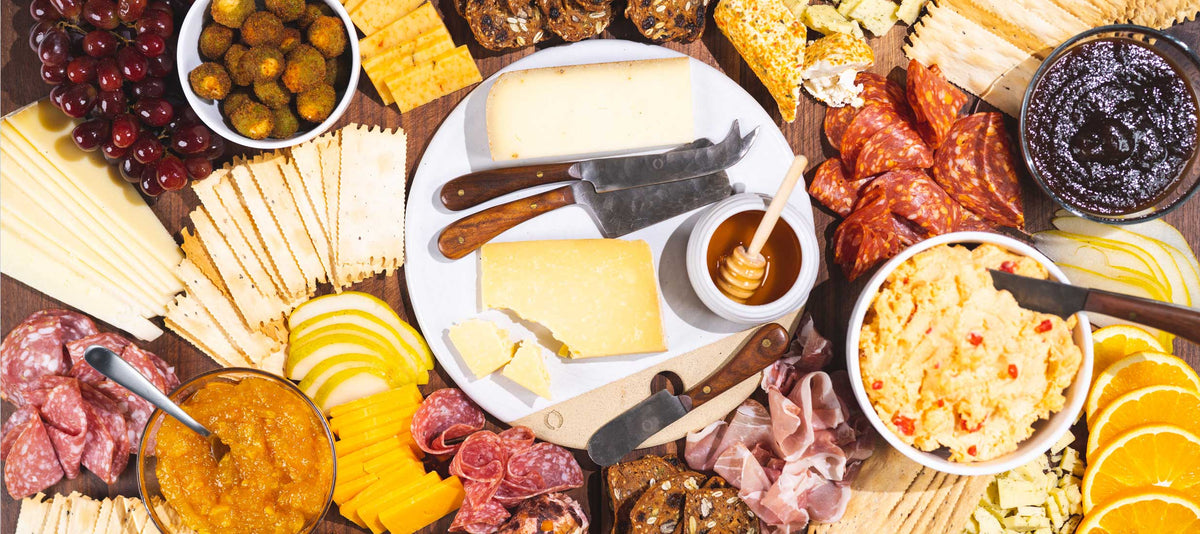
Everything You Need to Know About Charcuterie
Those crowd-pleasing arrangements of cured meats, cheeses, nuts, spreads and jams go by many names. You may call them cheese boards, grazing tables, gathering tables or even upscale lunch box snacking, but in the world of fine dining, they are known as charcuterie boards. The charcuterie board is having a moment right now, so it’s the perfect time to get acquainted with them. Read on for a crash course in all things charcuterie and get ready to delight guests at your next gathering with a charcuterie board that you concocted all on your own.

What Is a Charcuterie Board?
Here’s a quick charcuterie definition: “a place that sells meats and meat dishes.” The word comes from the French language and is composed of two parts:
- Char, meaning flesh
- Cuterie, meaning cooked
Put it together and you get “cooked flesh,” which may not sound all that appetizing. However, charcuterie’s origin is rather mouth-watering as the term originally was used to describe cold meats like salami, prosciutto, smoked meats and pâtes.
Over the last several years, charcuterie has taken on a new definition in America. Rather than just referring to meats, the term now refers to pairing meats with other accompaniments like fruit, crackers, toast, nuts, mustards, chutneys, jams and other fixings. Cheeses have also become just as important for the charcuterie board as meats, and many people seek to find unique cheese for charcuterie boards.
How do you pronounce charcuterie?
Here is how to pronounce charcuterie syllable by syllable:
- Shar (like in sharp)
- Coo (like in coop)
- Tur (like in turkey)
- Ee (like in eel)
Where did charcuterie originate?
The French first created charcuterie in the 15th century. Early charcuterie was a way to use offal and pieces of meat that might otherwise go to waste. When creating the first examples of this new type of meat, the French drew from processes developed during the ancient Roman empire for salting and curing meats to extend their shelf lives.
Although the meaning of the term has changed since the days of the charcuterie origin story, cured and smoked meats still remain focal points of charcuterie boards. The biggest difference is that now cheese is usually just as important.
What is on a charcuterie board?
What goes on a charcuterie board is up to the host or hostess that puts one together. There are really no hard and fast rules for what to serve. However, some foods are more popular additions than others. Normally, when someone says charcuterie board you picture an assortment of
- Meats
- Cheeses
- Fruit
- Jam
- Sweet and savory spreads
- Mustard
- Accompaniments like crackers or bread
By serving more than just protein-rich meat and cheese, you can keep guests from getting full too quickly and complement the flavors of the stars of your charcuterie board. The popularity of charcuterie has led to many creative adaptations like charcuterie lunchboxes and jar-cuterie cups.
How can I make my own charcuterie board?
Remember: there are no rules when it comes to charcuterie. Much of the fun is being imaginative and finding ways to surprise your guests with unexpected flavor combinations. The following are some tips for how to approach your first charcuterie board, but feel free to stray from them if you desire.
1. Start with meats and cheeses.
A good rule of thumb is to offer 3 ounces of meat and cheese for every guest who will be noshing from an appetizer charcuterie board or 6 ounces for a board that will be the main course. Use that as your guide to figure out how many total ounces you’ll need. Then, decide how you’ll break down the total.
It’s always a good idea to offer at least two kinds of meat and two kinds of cheese. Choose ones that have very different flavors so that you can appeal to guests with varying preferences.

2. Play with contrasts.
When it comes to meat and cheese pairings, opposites attract. Pair salty favorites like serrano ham and parmesan with sweet things like strawberry preserves and honey. Balance spicy cheeses and hot sausages with a creamy Greek yogurt spread or cottage cheese. Embolden mild cheeses and meats with briny capers or horseradish mustard. Make a texture contrast by serving crunchy nuts alongside soft cheeses like brie.
Extend your contrasts beyond just the taste and texture by considering color, too. Brighten up your charcuterie board with things like sweet cherry peppers, fresh fruits, bowls of jams, golden raisins and other colorful foods.
3. Create a polished presentation.
Speaking of appearances–the key to making a charcuterie board look tantalizing is spacing. Place your meats and cheeses on the board first, creating clusters of meat and cheese in various areas. Then, fill in the gaps with your accompaniments and finish off by placing starches like crackers or bread where they best fit.
The appearance of your board should be factored in, too. Many people use large wood or bamboo boards, but glass and marble slabs can also make attractive bases for charcuterie boards.
Get inspired for your charcuterie board
If the date for your party is fast approaching, don’t panic. We’ve already put together some tempting charcuterie board ideas for you. Create a rustic presentation with our Farmer’s Party Cheese Board or elevate the spread for that big event with our Special Occasion Cheese Board. Planning a stay-in date night? Forego a heavy meal and try our Small Cheese Board for Two. You can even take your charcuterie on the go with our Lunchbox recipe.
Shop Cabot's Charcuterie Gift Boxes
Cabot's Ultimate Charcuterie Board Gift Box or Classic Vermont Charcuterie Gift Box are packed with everything you will need to put together a winning charcuterie board from cheese to crackers to nuts to jams. Gift these to your best foodie friend or treat yourself and let your creative charcuterie juices flow.
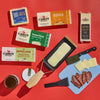


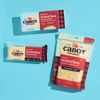
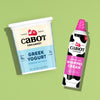
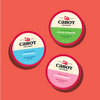
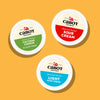

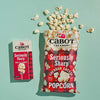











Comments
meat and cheese tray near me said:
Your blog always provides a refreshing perspective. I appreciate the depth and effort you put into each post. Keep inspiring us!
meat and cheese tray near me said:
Very well written. Your blogs always impress me. Keep up the good work. Expecting the same from you.